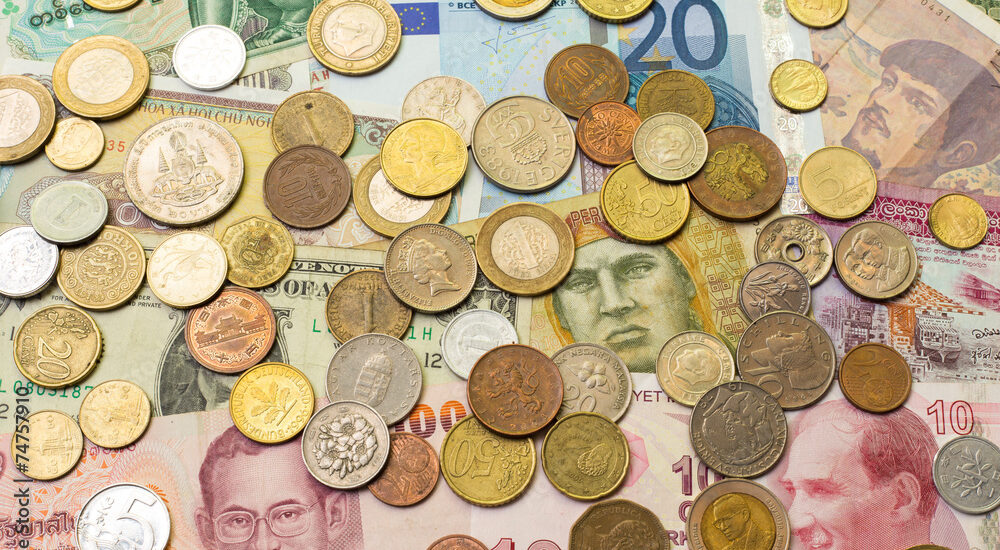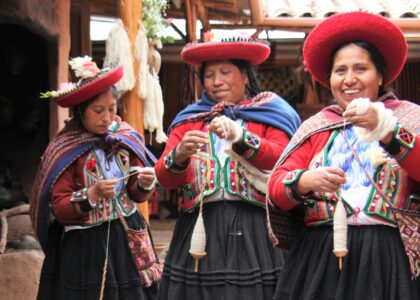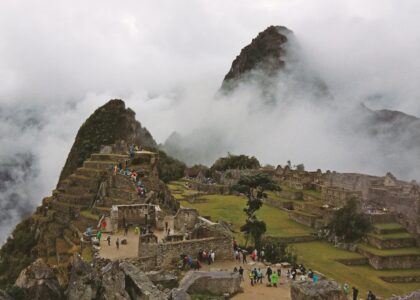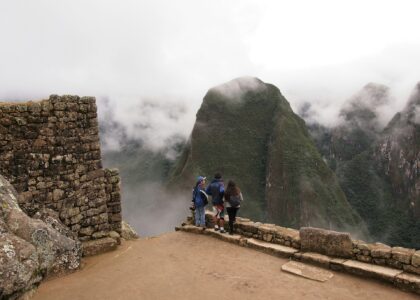Welcome to the fascinating world of Peruvian currency, where every coin and banknote tells a story! Peru’s currency is not just a means of buying things; it’s a window into the country’s rich history and culture. The designs on Peruvian money blend artistic beauty with important symbols and historical moments. From ancient civilizations to modern-day heroes, each piece of currency is a mini-history lesson. As we explore, you’ll discover how these everyday items are full of meaning and why they’re so interesting to people in Peru and around the world.
Peru’s currency has a fascinating history. It started with the use of cocoa beans and textiles by ancient civilizations like the Incas. Over time, as the Spanish arrived, coins and paper money became more common. The most significant change happened in the late 20th century. Peru switched from using the Inti to the Nuevo Sol in 1991. This change was made to stabilize the economy after a period of inflation. The evolution of Peru’s currency reflects the country’s economic challenges and triumphs. It’s a journey from traditional trade to modern financial systems, showing how history shapes a country’s currency.
Peru’s currency is a showcase of the country’s art and history. The coins, available in 1, 2, and 5 soles, often feature well-known Peruvian animals like the Andean condor and the vicuña. They’re not just simple designs; each animal is intricately detailed, showing off Peru’s rich biodiversity. The banknotes, ranging from 10 to 200 soles, are even more colorful. They display important historical figures and landmarks. For instance, the 20 soles note features the scholar Raúl Porras Barrenechea and Lima’s famous San Martin Square. The colors are bright and distinct, making each note stand out. These designs aren’t just meant to look pretty; they tell stories of Peru’s past and present. They make handling money in Peru a mini-journey through its culture and achievements.
Peru’s currency tells a story of the nation’s heritage and pride. On each banknote and coin, there are symbols that go beyond mere decoration; they represent key aspects of Peru’s cultural and historical identity.
Take the ten soles note, for instance, which proudly displays the image of José Abelardo Quiñones, a celebrated national aviation hero. His presence on the currency is a nod to Peru’s valor and resilience. Similarly, the 20 soles note features Raúl Porras Barrenechea, an esteemed historian and diplomat, symbolizing Peru’s rich intellectual legacy.
The 50 soles note has the image of Abraham Valdelomar, a renowned Peruvian writer, representing the country’s contribution to literature and arts. On the 100 soles note, you’ll find the image of Jorge Basadre, a significant historian, highlighting the importance of knowledge and research in Peruvian culture.
The 200 soles note is adorned with Saint Rose of Lima, Peru’s patron saint, symbolizing faith and compassion, pivotal elements in Peruvian society.
On the coin side, the one sol coin often features the Andean condor, a bird that’s not just native to Peru but also symbolizes freedom and power in Andean culture. The two-sole coin typically showcases the vicuña, a wild relative of the llama, revered for its fine wool and representing Peru’s natural wealth and biodiversity.
These symbols on Peru’s currency are chosen for their deep connections to the nation’s identity. They serve as a daily reminder of Peru’s diverse cultural landscape, historical figures, rich natural resources, and values that have shaped the nation.
For tourists, understanding how currency works in Peru is essential. When you’re traveling, you’ll often see prices in soles, and it’s important to get familiar with the notes and coins to manage your expenses.
When you arrive, exchanging your home currency for soles is usually your first step. You can do this at banks, airports, or authorized exchange bureaus. Keep an eye on the exchange rates, as they can fluctuate. While major cities in Peru readily accept credit cards, having cash in soles is very important when you venture into smaller towns or local markets. This is because many small businesses and local vendors operate exclusively with cash.
Carrying a mix of cash and cards is practical. ATMs are widely available in urban areas, but it’s wise to withdraw enough cash when heading to more remote places. Understanding and using the local currency isn’t just a necessity; it’s a way to connect with the everyday life of Peruvians. Handling soles can also teach you a lot about the country’s economy and help you navigate your travel in Peru with ease.
Today, we’ve seen how every sol reflects Peru’s rich history, culture, and pride. From the historic figures gracing the banknotes to the symbolic wildlife on the coins, each piece of currency is a snapshot of Peru’s story. Now, imagine experiencing this vibrant culture in person. Explorify invites you on an unforgettable journey to Peru, where these stories come to life. Walk the streets where history unfolds, taste the flavors that inspire the nation, and see the sights that minted these very coins. With Explorify, your adventure into the heart of Peru is just a step away. Join us, and let’s turn these currency tales into your most valuable travel memories!






